What flooring is best for a bedroom? The lowdown on the best flooring choices to suit your style, budget and comfort requirements
Everything you need to know for a comfy bedroom scheme
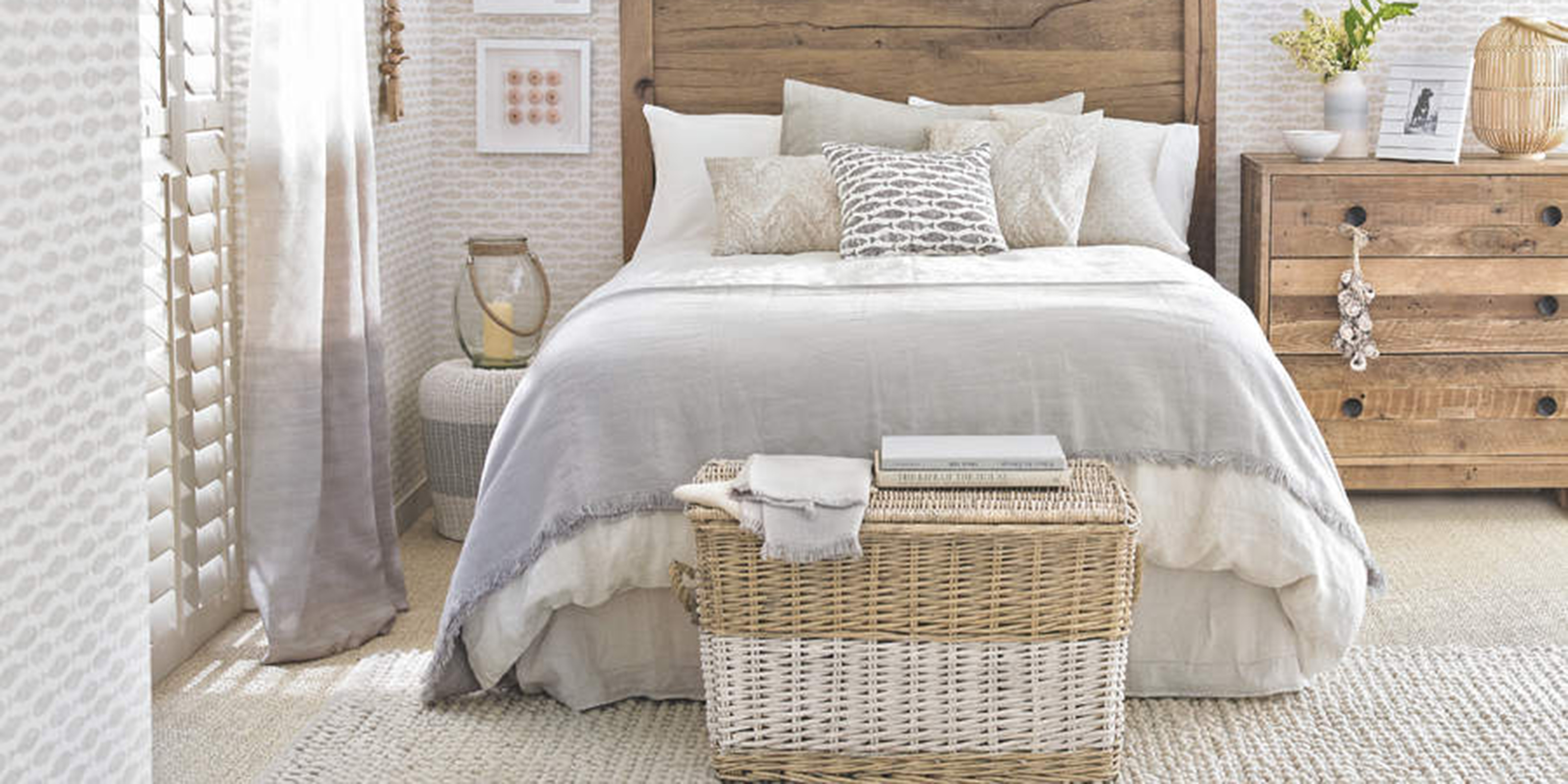

Choosing the best flooring for a bedroom can be overwhelming – so many options, so little room for error! Do you go for cosy carpet, modern hardwood or maybe vinyl that is stylish and stress-free? Then there are all those eco-friendly options, like natural fibres, and let’s not forget rugs. Mind. Blown.
While personal taste and lifestyle play a role in choosing your bedroom flooring ideas, carpet often emerges as the top choice for bedrooms, especially in the chilly old UK, due to its unrivalled comfort, warmth, and sound-absorbing properties. However, it's not the only option worth considering. If you have wayward pets, children or a particularly clumsy partner, carpet can be fraught with stain-related stress.
For those seeking a more modern look or easier maintenance, wood, laminate, or vinyl flooring are well worth a punt. Natural fibre flooring, such as sisal or seagrass, are also up for consideration if you're after an elegant, organic touch with durability and a calm coastal feel. Here, we explore the best options for each material and guide you through choosing the best flooring for your next bedroom reno.
What is the best type of carpet for a bedroom?
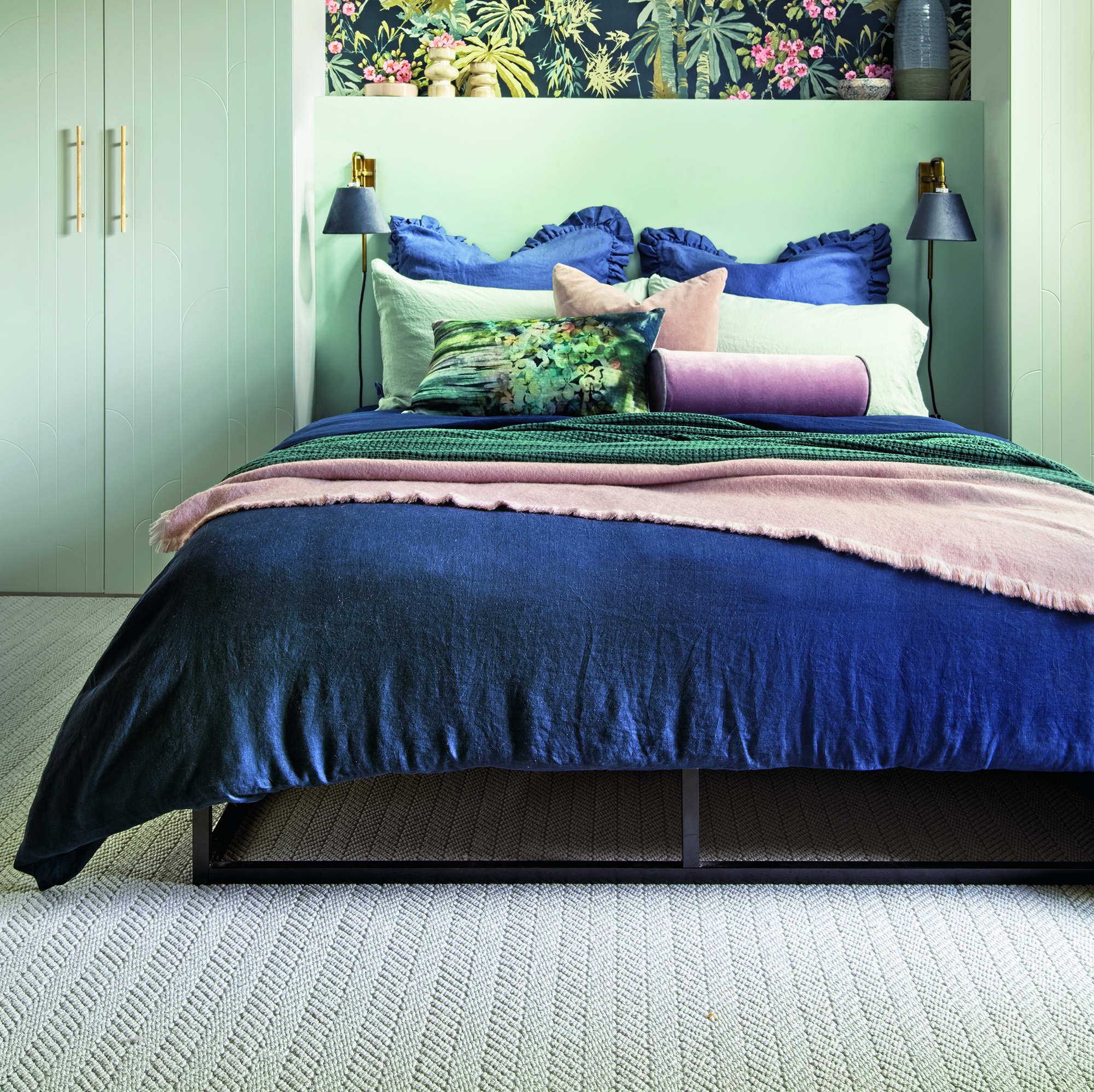
The best type of carpet for a bedroom is wool because of its softness, natural insulation, and durability. ‘Wool provides a plush, comfortable feel underfoot, helping to create a cosy and relaxing atmosphere. Additionally, it maintains its appearance over time and contributes to a calming ambience when paired with a soothing colour palette,’ explains Jon Flannigan, Head of Product at Crucial Trading.
Wool blends, typically 80/20 or 70/30 wool to synthetic (usually nylon or polypropylene), are also popular, especially if you’re looking for inexpensive bedroom flooring ideas. Basically, the more synthetic content, the less you should expect to pay! You can make a cheaper carpet feel more luxurious by spending a little more on thicker underlay.
The structure of your carpet can also have an impact. If you are dreaming about toe-squishing softest, go for a cut pile carpet, the deeper the better. Loop pile carpets are more durable but won’t deliver that sumptuous feeling underfoot. Velvet pile carpets are soft but an absolute beast to vacuum. Avoid.

Jon drives flooring innovation with 15+ years in product management, specialising in sustainable, high-performance materials. Known for his collaborative approach and commitment to quality, he develops industry-leading solutions that balance design trends with environmental goals, ensuring cutting-edge flooring that meets both aesthetic and sustainability standards.
What is the best wood flooring for a bedroom?
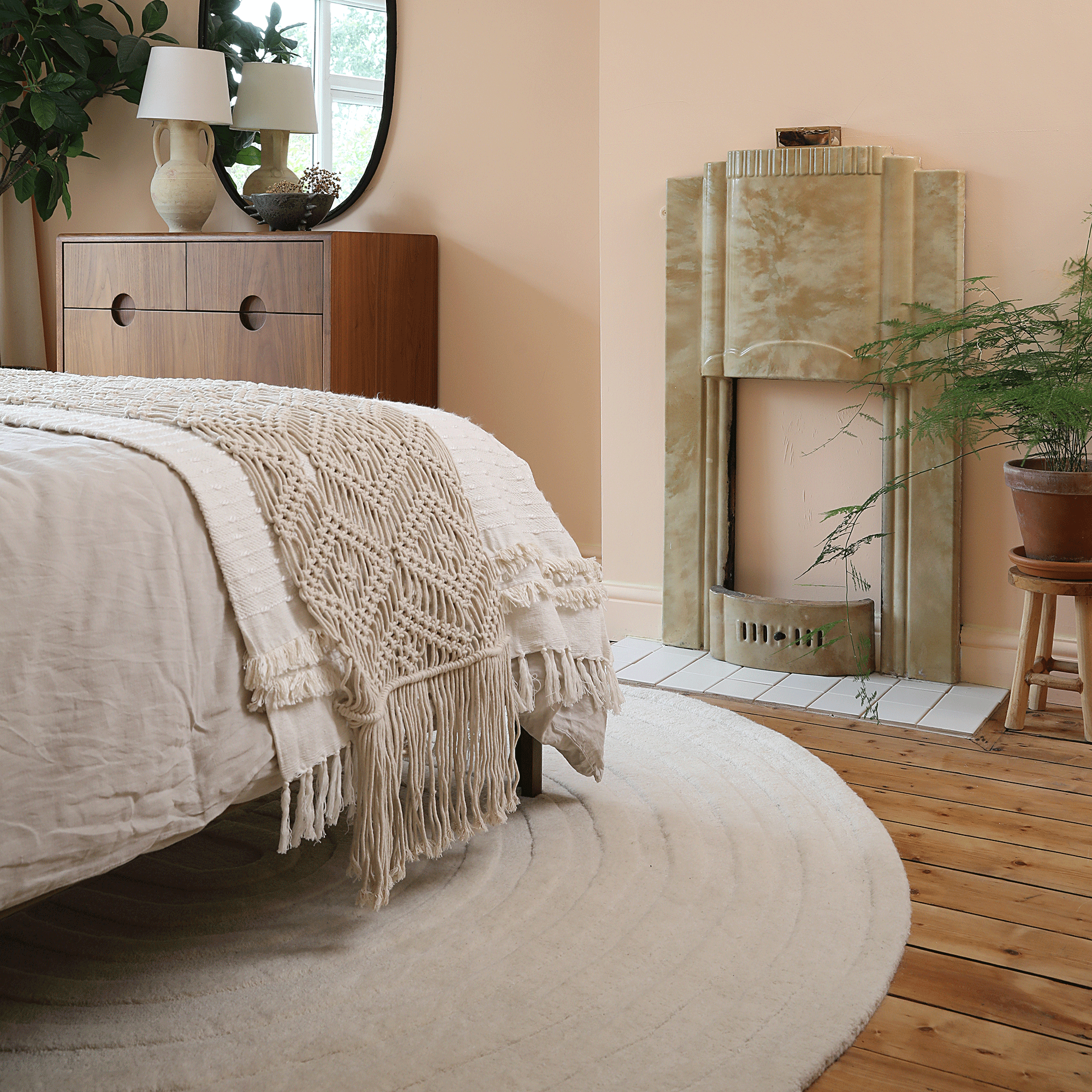
Solid plank flooring isn’t a great choice for bedrooms, which tend to be warm – it can easily warp and bow due to fluctuations in temperature. Far better to opt for engineered wood flooring, which is much more structurally stable, so you won’t get breezy gaps emerge in time. The thicker the wood top layer, the higher the price tag.
Get the Ideal Home Newsletter
Sign up to our newsletter for style and decor inspiration, house makeovers, project advice and more.
‘In terms of aesthetics, we’re seeing darker engineered wood flooring, like smoked walnut, emerge in 2025,’ says Neel Bradham, CEO of Parador. ‘Dark woods are especially great for creating an inviting, cosy bedroom, as well as a sense of drama.’
For a lighter look, whitewashed oak and Douglas fir will lend a soothing Scandi-style mood. If you’re going for solid wood, don’t forget the rugs. One alongside your bed (with slippers waiting) will prevent the rude awakening of chilly toes.

Neel Bradham is the Chief Executive Officer & Managing Director at leading global flooring brand, PARADOR. He is a seasoned flooring industry professional with nearly a decade of experience in the architecture and design sector.
What is the best laminate flooring for a bedroom?
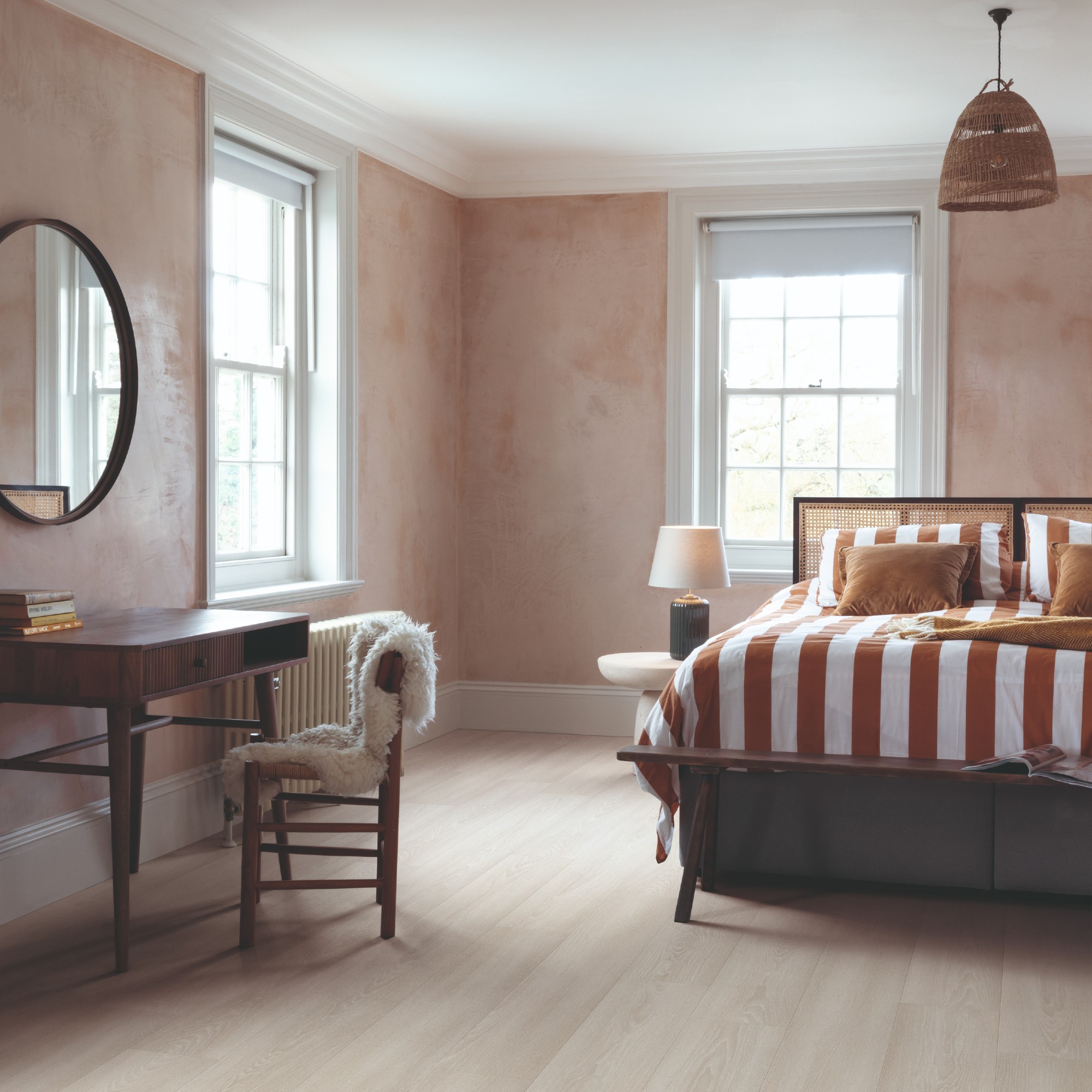
Modern laminate flooring is durable, easy to clean, and comes in a variety of designs – the best laminate flooring for a bedroom mimics natural wood grains for a nature-inspired cosy atmosphere.
‘Advances in laminate technology have led to highly realistic visuals and textures, giving the material a beautiful and luxurious look,’ says Neel from Parador. ‘For added realism, seek out laminate flooring with an embossed surface, meaning that the texture matches the wood grain visual for an organic effect. To an untrained eye, high-quality wood-inspired laminate flooring is often indistinguishable from real wood.’
Laminate flooring is usually designed to click together for easy installation and gap-free joints. Check what underlay is required before you buy – some have the underlay built-in for a speedier fit, providing extra comfort and noise absorption. Don’t rush the fitting process and get it done professionally if necessary. Badly installed laminate can quickly look shabby, even if the flooring itself is high quality.
What Is the best natural flooring for a bedroom?
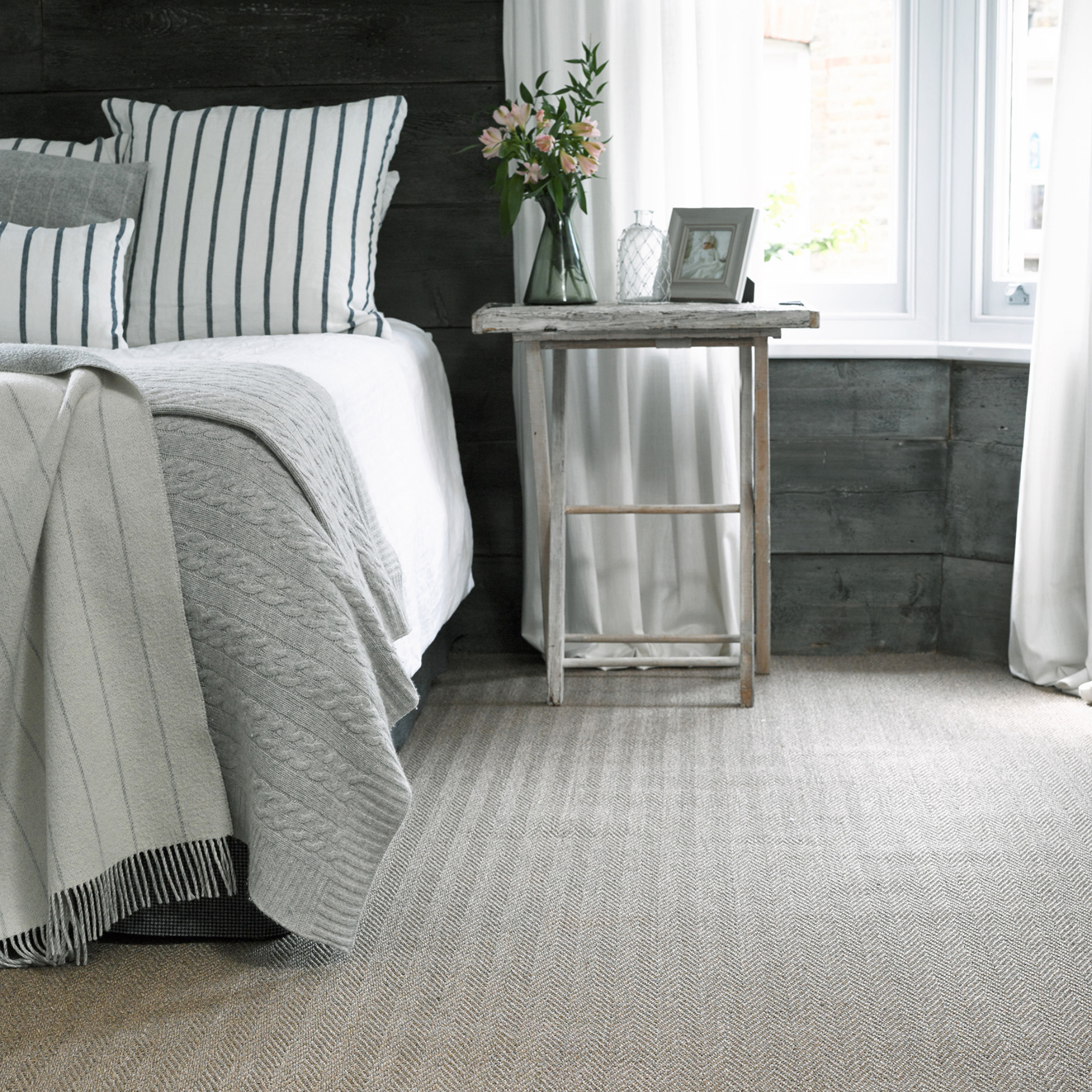
Natural flooring options like sisal, seagrass, and jute provide an organic, textured look that suits both contemporary and classic bedrooms. It can look quite rustic or more sophisticated, depending on the weave pattern. Sisal is particularly durable and can withstand heavy use, while seagrass offers a softer feel underfoot. While natural flooring is very beautiful – not to mention trendy – isn’t as plush as carpet and can be tough on the knees of children playing in their rooms. Again, rugs are your BFF for adding in extra comfort, and decent underlay thickness will also help.
To get the look but counteract the rigidity of natural flooring, Jon from Crucial Trading suggests Sisool, which is a clever mix of sisal and wool. ‘This blend offers warmth and comfort while maintaining strength, making it ideal for bedrooms that require both relaxation and practicality. Its natural texture adds a stylish, organic feel to the room, enhancing the overall aesthetic,’ he says.
Is vinyl flooring good for a bedroom?
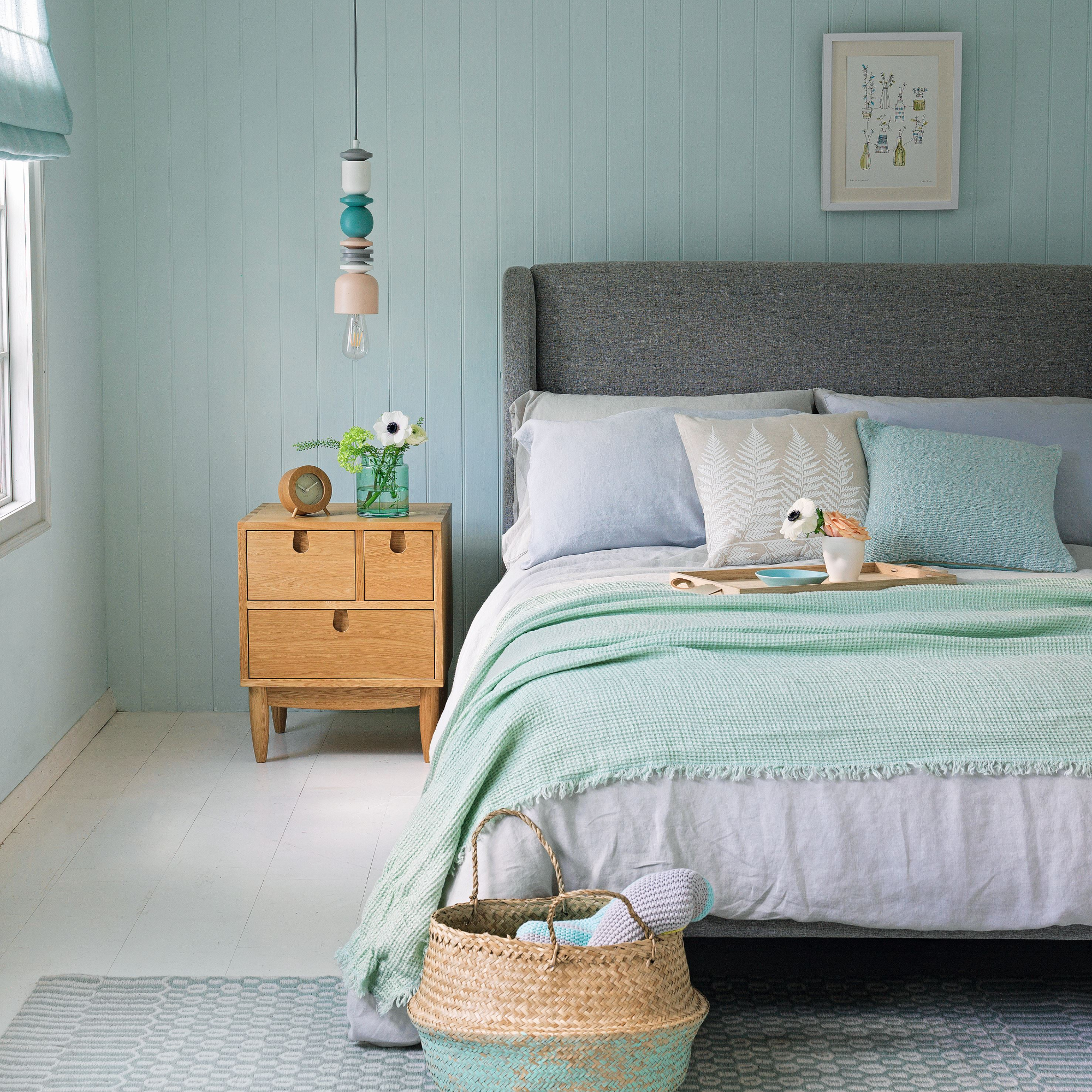
While rolled and sheet vinyl flooring is budget-friendly and softer underfoot than other solid flooring, Luxury Vinyl Planks and Luxury Vinyl Tiles are where it’s at for bedrooms. Still one of the more budget-friendly bedroom flooring options, these click-lock vinyl tiles/planks have a rigid core that makes them more durable and robust. It’s also easier to replace a couple of tiles than a whole sheet vinyl, should a particularly bad stain occur.
‘Vinyl is known for its resistance to moisture and climate, making it an ideal choice for those who want a seamless flooring look across both their bedroom and en-suite bathroom,’ adds Neel Bradham, CEO of Parador. As a non-porous surface with no gaps for dirt and dust to linger, vinyl flooring is a great choice for those with allergies. Opt for low-VOC vinyl for a healthier sleeping space.
What is the best affordable flooring for a bedroom?
If you are counting every penny, vinyl is still widely recognised as the most budget-friendly flooring type on the market for a budget bedroom idea. ‘With its cushioned feel and low maintenance, vinyl fits the bill for affordable bedroom flooring,’ agrees Paul Hambidge, Managing Director of Factory Direct Flooring.
‘The great thing about vinyl is its variety. There are hundreds of designs that convincingly imitate more expensive options, like real wood, for a fraction of the cost to give you a luxury look for less,’ adds Paul. ‘As long as your subfloor is flat and smooth (we recommend ply rather than floorboards), vinyl is also the easiest to install, so you can save even more by DIY-ing the install.’
If only carpet will do, go for synthetic options like polyester, which offer a soft, affordable alternative to wool, with excellent stain-resisting properties – some can be bleached clean!
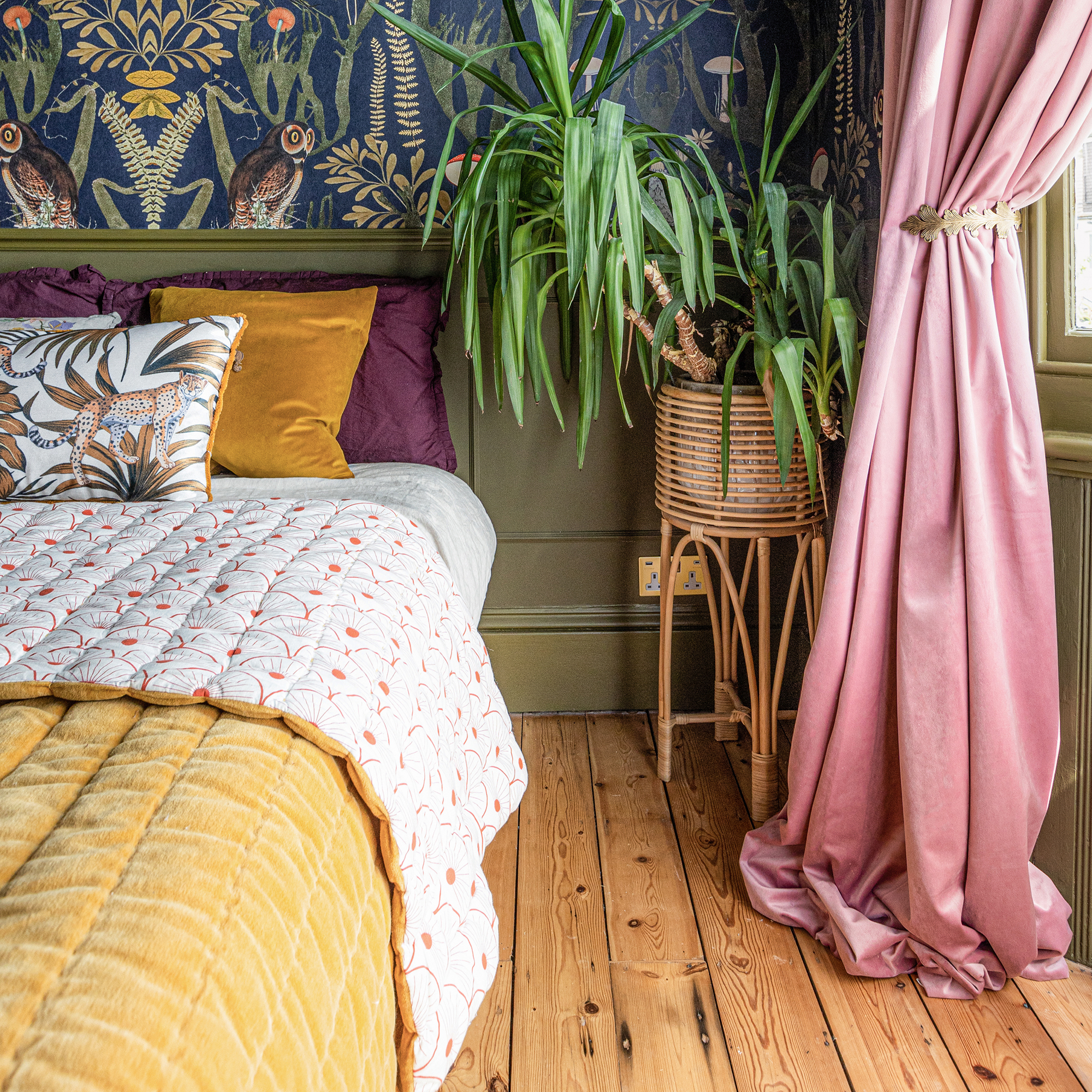
How to choose the best flooring for your bedroom
- Comfort first - Start by thinking about how you’d like the flooring to feel underfoot, especially if you are likely to walk around your bedroom barefoot. Slippers and/or strategically placed rugs are pretty much essential on wood and vinyl floors.
- Establish budget - All bedroom flooring types come in varying price brackets, depending on things like construction, thickness, designer brands and any special finishes. Work out your maximum spend per square metre (including underlay) before you go shopping.
- Consider maintenance - Some people can handle the odd scuff or stain and are happy to get carpets cleaned and wood flooring resealed on the regs, others are all about an easy life. Decide how much maintenance you are prepared to take on and buy accordingly.
- Think traffic flow - Children’s bedrooms are likely to see a much higher footfall than the master bedroom, while the number of pets allowed upstairs should also be factored in. In busier bedrooms (and the upstairs landing) it could pay to prioritise robust flooring like laminate and vinyl.
- Style it out - Choose flooring that complements your bedroom décor. For example, a country cottage would suit rustic engineered wood or natural wool flooring, while a modern scheme will look slick with vinyl flooring sporting a minimalist design.
- Noise control - Carpets and rugs are best for noise reduction and heat retention in bedrooms.
- Add rugs - Layering rugs over wood, vinyl or laminate flooring will boost the comfort levels and noise absorption, while providing an easy-clean flooring beneath. Work out how many you’ll need to establish how much it will impact your budget.
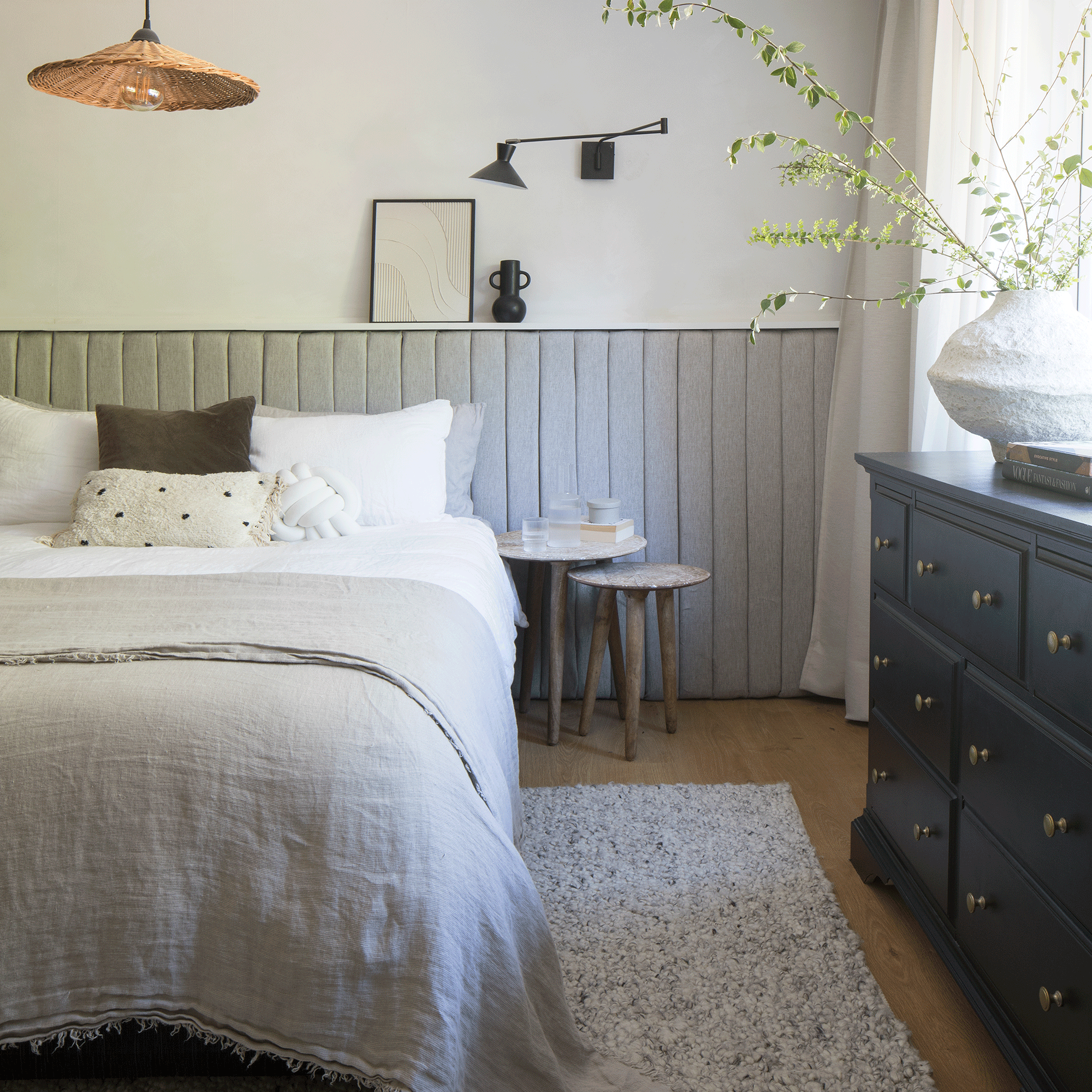
FAQs
What flooring never goes out of style in a bedroom?
‘Real wood or wood-effect flooring never goes out of style. Natural materials and textures help to create a peaceful, grounding aesthetic, making it a great choice for bedrooms,’ says Paul Hambidge, from Factory Flooring Direct.
Beyond aesthetics, real and realistic wood-look flooring adds value to your home, making it a smart long-term investment. With the recommended care, it can last for decades, aging gracefully and gaining character in time. Plus, it pairs well with a wide range of bedroom rug ideas, allowing you to switch up patterns and colours while maintaining a solid, stylish base.
What flooring is most hard-wearing?
For serious durability, follow our continental friends and go for porcelain or ceramic tiles for your bedroom flooring. It tends to be more popular in hotter climates but if hard-wearing is your priority, you really can’t beat tiles – especially if you have underfloor heating.
‘LVT (luxury vinyl tile) and SPC (stone plastic composite, a type of LVT) are both water- and scratch-resistant, making them both hard-wearing flooring options that are also ideal in bedrooms,’ adds Paul Hambidge. ‘While LVT is very durable, SPC is even stronger. Its core is compact and sturdy, and normally made of limestone or plasticisers (which is what makes it a stronger, durable, and impact-resistant product) and has a 100% waterproof coating.’
No matter your style, budget, or comfort needs, there’s a flooring option to make your bedroom feel totally dreamy underfoot. Are you tempted by the timeless appeal of real wood, the cosiness of carpet or the practicality of vinyl?

Linda Clayton is a professionally trained journalist, and has specialised in product design, interiors and fitness for more than two decades. Linda has written for a wide range of publications, from the Daily Telegraph and Guardian to Homes & Gardens and Livingetc. She has been freelancing for Ideal Home Magazine since 2008, covering design trends, home makeovers, product reviews and much more.
You must confirm your public display name before commenting
Please logout and then login again, you will then be prompted to enter your display name.
-
 5 things you should never put in your garden waste bin – experts warn these items could land you with a £400 fine
5 things you should never put in your garden waste bin – experts warn these items could land you with a £400 fineYou should avoid these waste items at all costs
By Kezia Reynolds
-
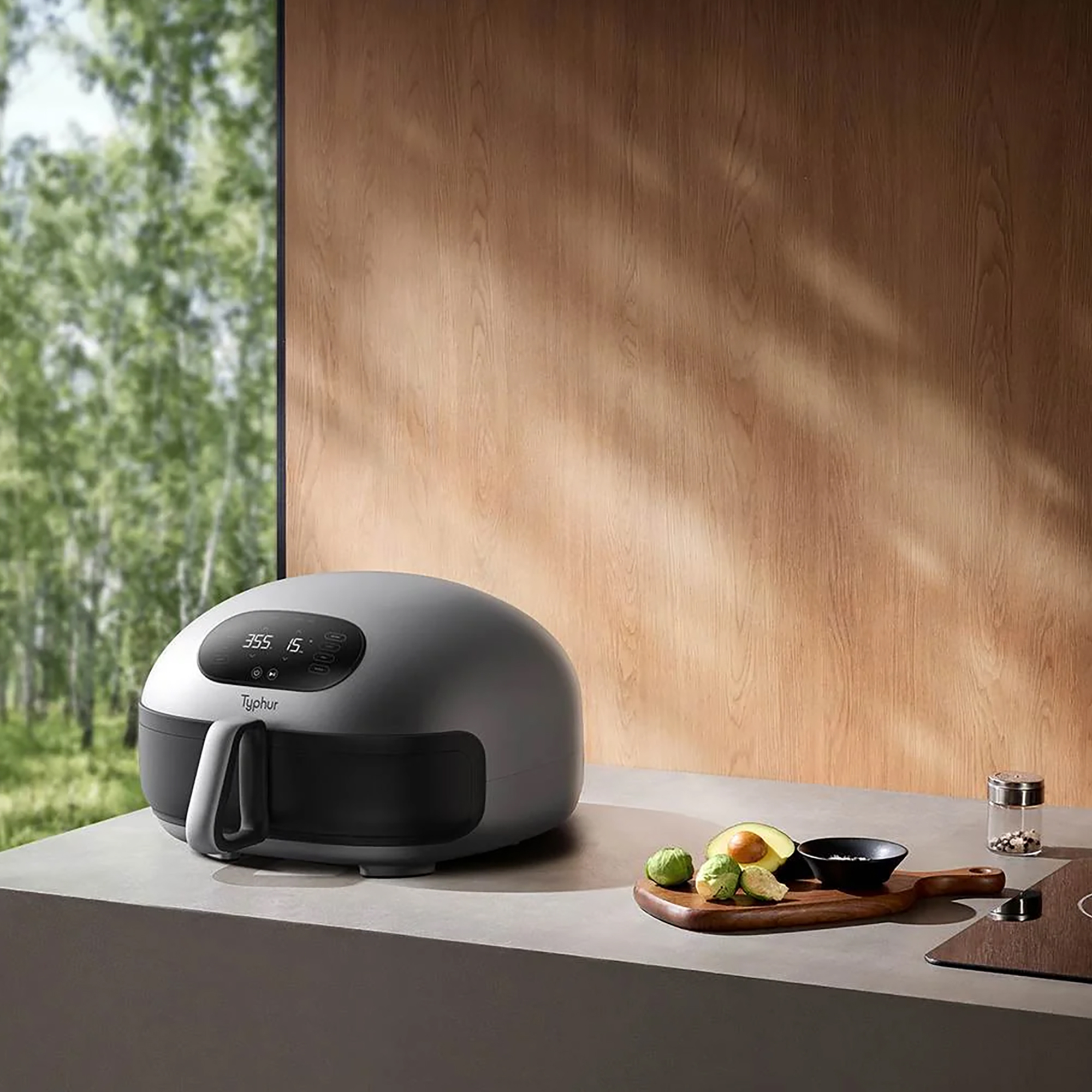 Typhur Dome 2 air fryer review – a glimpse into the future of air frying
Typhur Dome 2 air fryer review – a glimpse into the future of air fryingThe Typhur Dome 2 cooks food brilliantly and has all sorts of benefits, but is it worth the £499 price tag?
By Ellen Manning
-
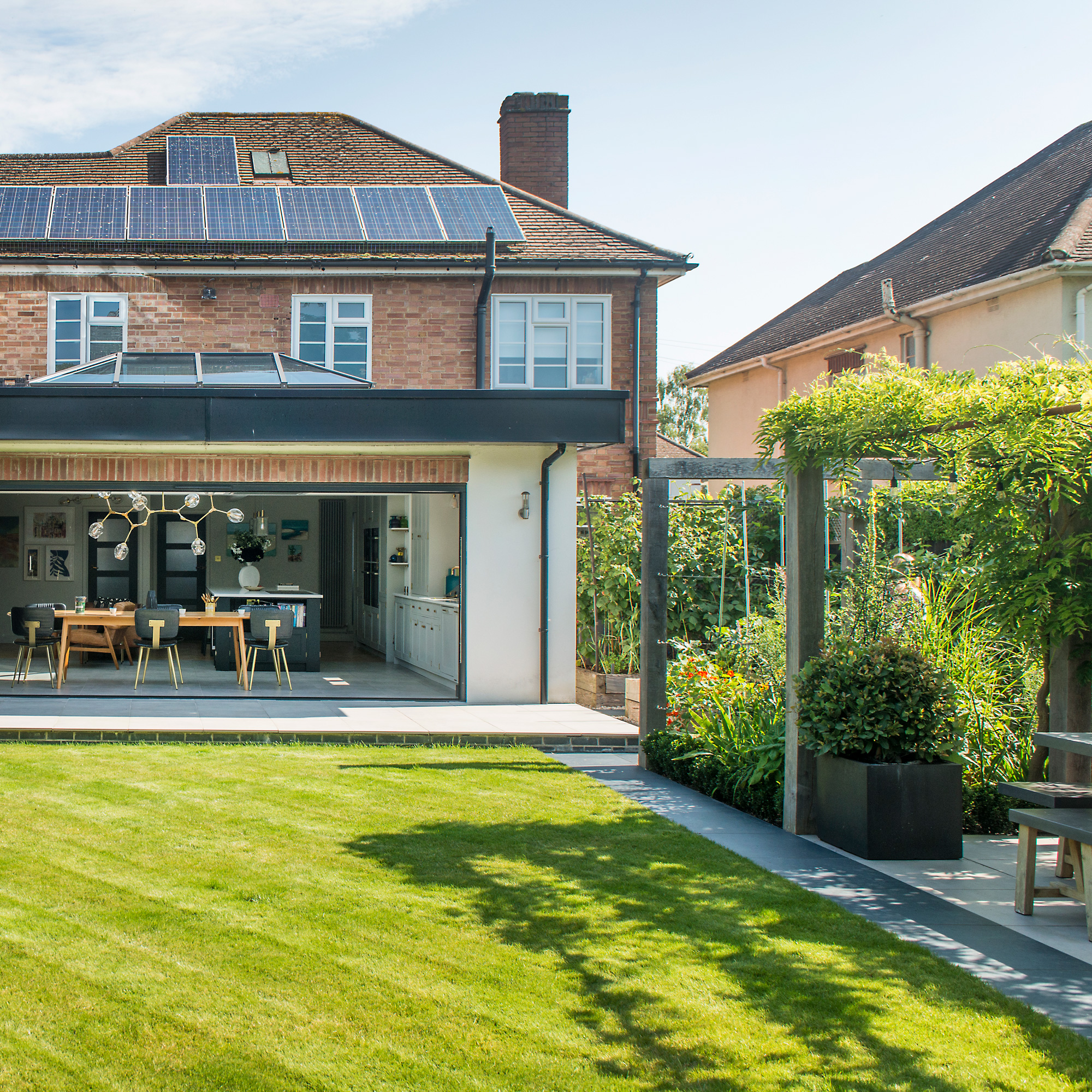 In creating their lush multi-use garden, the owners have cleverly futureproofed the space for years to come
In creating their lush multi-use garden, the owners have cleverly futureproofed the space for years to comeWith a zone for dining, a veg plot, a relaxing sun trap, and space for quiet contemplation
By Ginevra Benedetti